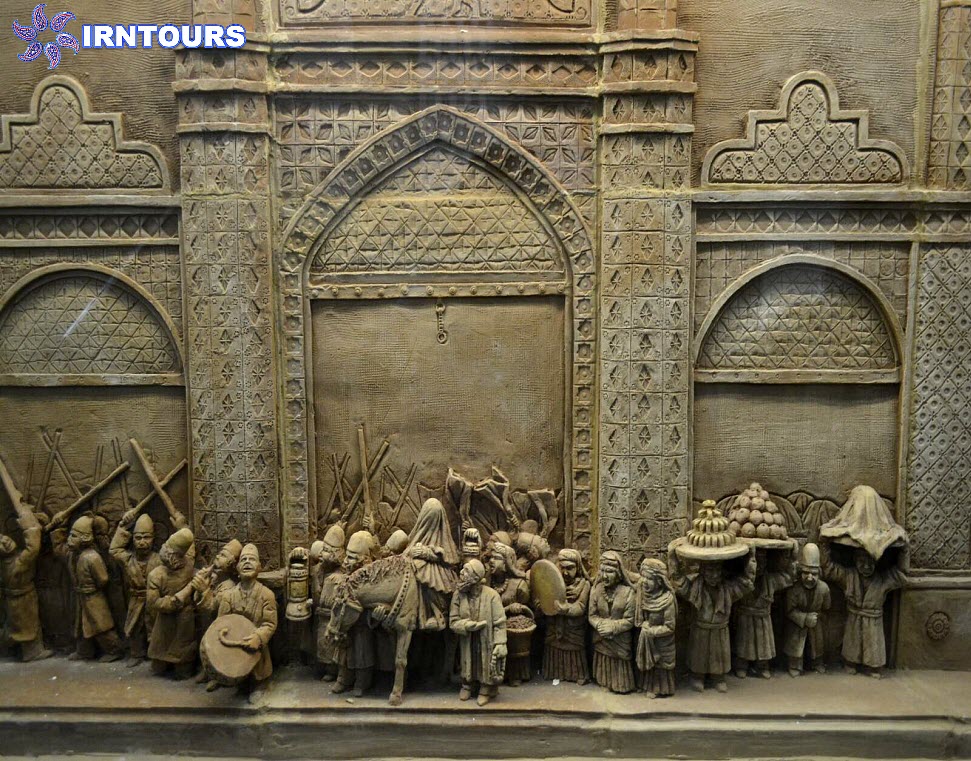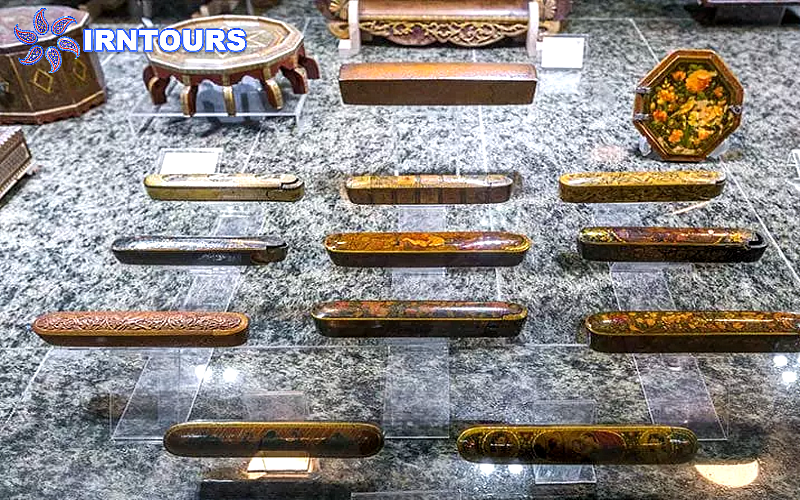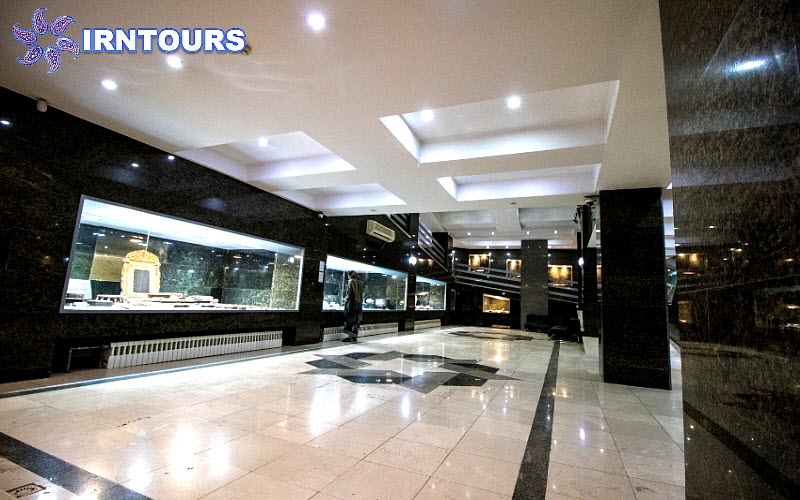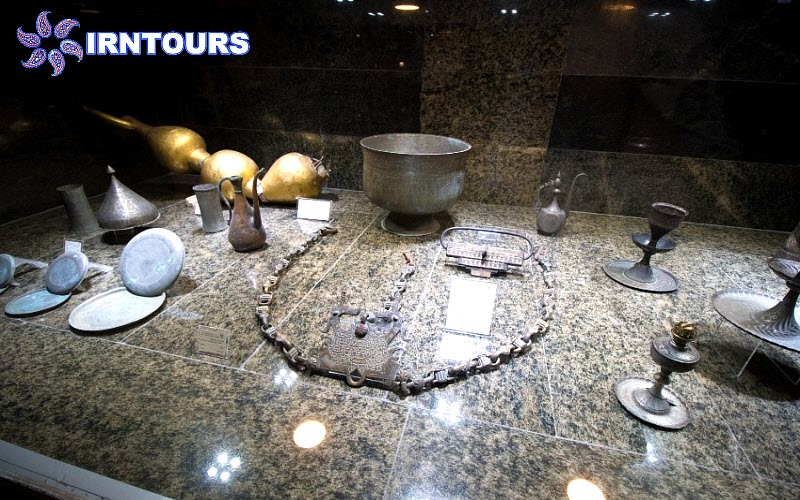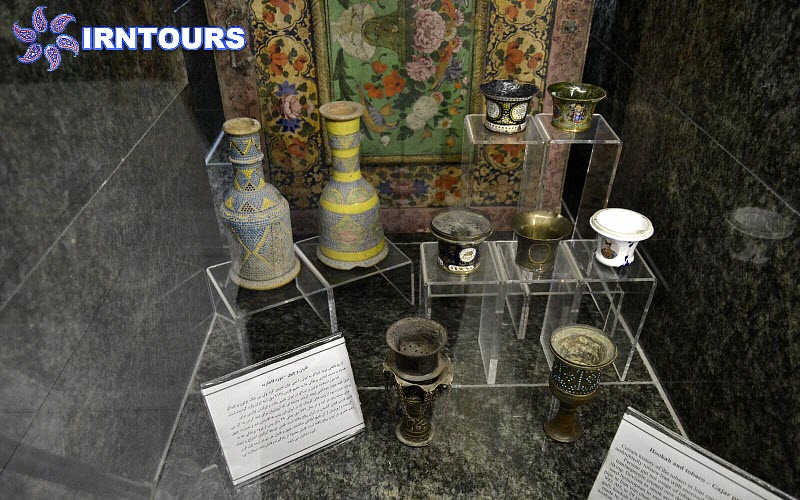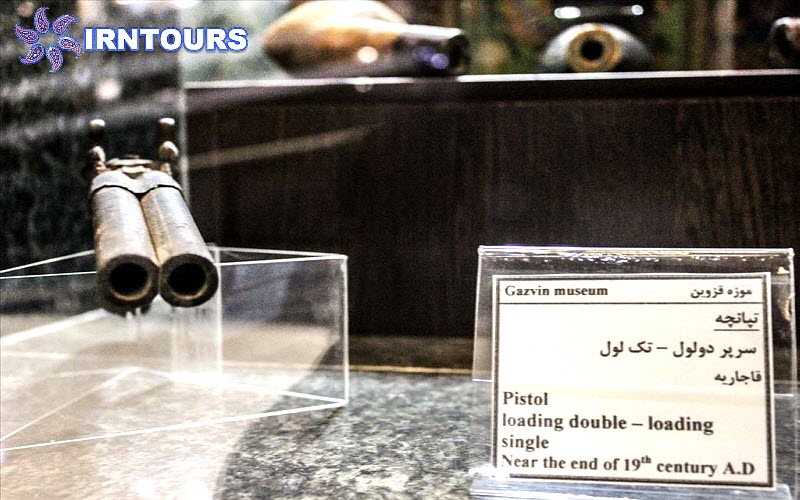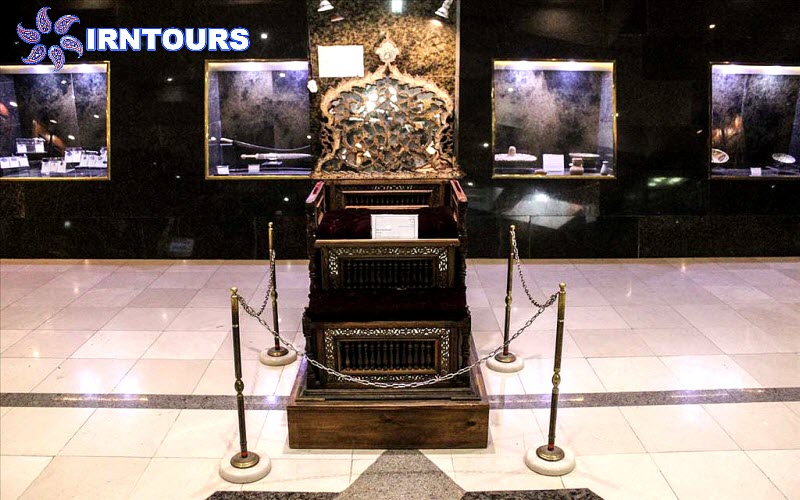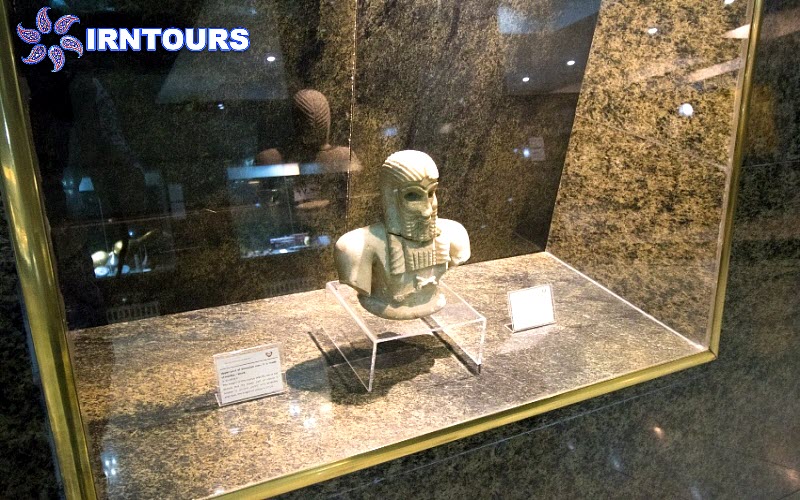About Qazvin Museum
Qazvin Museum or City Museum, which was opened in 2005, is a kind of archaeological museum and is known among tourists as one of the sights of Qazvin. Among the objects of the Qazvin Museum, we can mention the upper torso of a Sumerian man made of marble, the bride’s bed, all kinds of wooden doors with beautiful decorations, historical pottery, Naseruddin Shah’s painting, etc. This museum is located near the Chehelston Palace and the Safavid Government House, which are also worth visiting.
- Address: Qazvin province, Qazvin city, Red Crescent St., next to the Safavid Government House
Qazvin Museum is located near Sabzeh Maidan, on Red Crescent Street and east of Qazvin Safavi Government House
Introduction of Qazvin Museum
The Qazvin Museum, which is also known as the City Museum, was opened in 2005 in the vicinity of the Safavid Government House, and the brick facade of its building with a pair of tall columns, an arched doorway and sash windows is very spectacular.
This place is actually an archeological museum where 7000 unique historical objects are stored and displayed. The city museum, along with Chehelston Museum, which is located next to it, are under the supervision and coverage of the Cultural Heritage and Tourism Organization.
Qazvin Museum Objects
The objects of Qazvin Museum include a wide range of statues, ornaments, pottery, coins, stones, historical doors, war tools, bridal bed, wallet, old chests, etc., some of which date back to the 3rd and 1st millennia BC. The oldest objects in the museum are human or animal bodies dating back to 6000 BC. Other objects displayed in the Qazvin Museum are from the Islamic era to the present day. Among these works are coins from Parthian to Qajar period, some of which are exhibited along with decorative and military items.
This museum has different sections, each of which is dedicated to one of the historical periods. The variety of objects in the museum is high, and most of them are bronze and clay vessels. One of the most valuable works of the museum is a metal plate with engravings from the Sassanid period.
While visiting the museum, you will come across the upper body of a Sumerian man made of marble, which belongs to the third millennium BC. The height of this statue is 27 cm, and its lower part was probably broken in ancient times, which was about 81 cm according to its proportion with the rest of the body.
In the section related to the Islamic era to the present day, you can see historical doors that are interesting for every tourist. These doors are all related to the same area. In the distant past, most doors were made of wood and were made to create a barrier between the interior of the house or the workplace from the outside. The doors are human-sized or larger, and each one has special decorations such as inlay, inlay, painting, and painting. In Qazvin Museum, there is no specific information except the date of construction of the doors next to them.
A beautiful wooden bridal bed is also located in this museum, which attracts the attention of visitors. The history of this bed goes back to the Qajar period and is reminiscent of the old and traditional custom of patakhti, which is still practiced in some regions of Iran, including some cities of Qazvin province.
Among other notable works of Qazvin Museum, we can mention the pottery that was found in the Qazvin plain and its ancient hills and dates back to more than 3200 years BC. Glazed pottery (enamel) belonging to the 6th to 7th century AD and a clay rhyton in the shape of a cow and a camel dating from 700 to 1500 BC are among these works. In the following, you can enjoy watching the animal figure, bronze dagger and bayonet belonging to Alamut (Andaj) dating from 700 to 1300 BC, as well as a powder keg made of leather, ivory and metal, and a single-barreled pistol from the 13th century AH.
At the exit of the museum, a painting by Naseruddin Shah from the Qajar period is installed, which is a work of Mohammad Baqer Naqshbashi Dehnavi Samirmi.
Sightseeing places around Qazvin Museum
Chehelston Palace : Chehelston Mansion, also known as Kolah Ferangi Mansion, is one of the important works of the Safavid era and the only remaining pavilion from the royal palaces of Shah Tahmasab in the middle of the 10th century AH. This magnificent palace was changed to Qazvin calligraphy museum in 2004.
Aali Qapo Qazvin : Aali Qapo Head, which is located at the intersection of Prophetiye Street and Sepah Qazvin Street, is one of the relics of the Safavid era. On July 22, 1934, this historical monument was placed at number 213 in the list of national monuments of Iran.
Qajr Bath: Qajr Bath is one of the oldest hot springs in Qazvin, which was built during the Safavid era and was registered as one of Iran’s national monuments on August 2, 2005. After renovation and restoration, this historical building became an anthropology museum.
Qazvin Bazaar: Qazvin Bazaar, which dates back to the Safavid and Qajar eras, has unique architecture and is considered a great place to buy souvenirs. This market consists of important parts such as Saad al-Sultaneh Palace, Minister’s Palace, Qaysarieh Palace and Haj Reza Palace.
Tips for visiting Qazvin Museum
- The working hours of the museum are from 9 to 19; Of course, the museum doors close at 18:30.
- It is not possible to visit the museum during days of mourning.
- To visit the museum, you have to go down narrow stairs to finally reach the beginning of the visit route; But the return path is designed as a ramp and slope.


